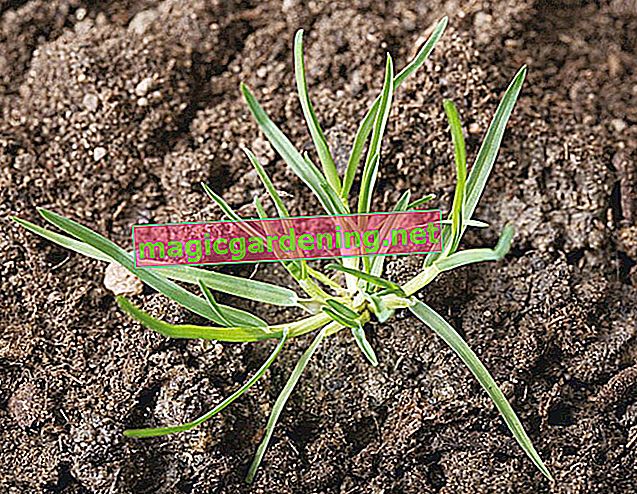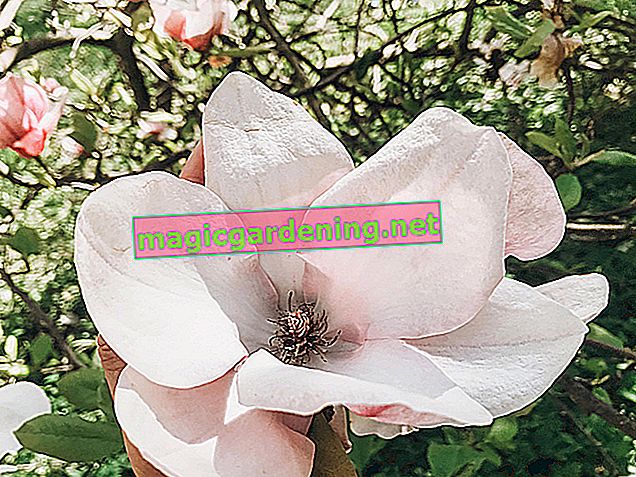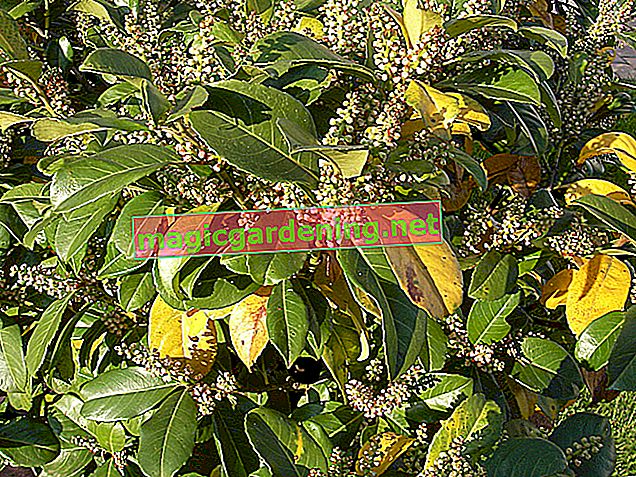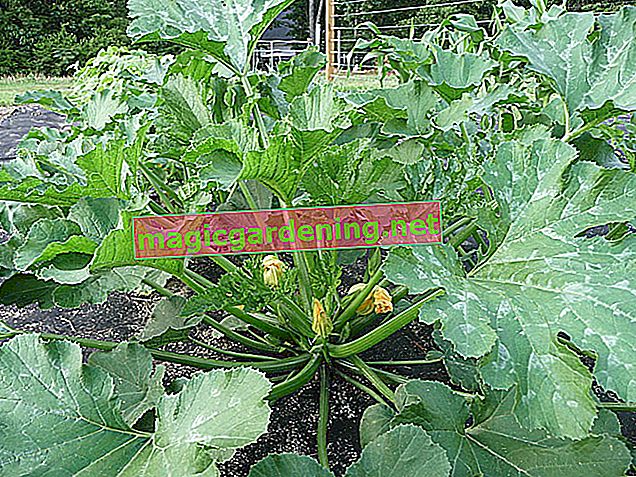
How does millet get into the lawn?
Numerous types of millet immigrated to Germany over the past 20 years and have since spread explosively through wind, water, birds and contaminated lawn seeds. The coarse wild grass has the unpleasant property of germinating very quickly and overgrowing the noble grasses in the lawn. You can recognize millet in the lawn by these characteristics:
- The grasses germinate at temperatures above 20 degrees Celsius
- New seeds are infested over the whole area
- Millet colonizes bald spots in existing lawns
- The flowering period extends from June to October
- Predominantly prostrate growth of roots and shoots
also read
- Fighting plantain in the lawn - How to remove the weeds with success
- Let the millet germinate
- Tips for planting millet
All millet species are annual plants that die in winter. However, the seeds overwinter in the lawn, only to strike again next spring.
This effectively prevents the millet from growing
It is a race against time, because spilled millet cannot be stopped in the lawn, even with chemical agents. So that it doesn't get that far, comb the weeds out of the lawn in good time with the scarifier (€ 76.01 at Amazon *). How to do it:
- Mow the lawn in March / April from temperatures above 10 degrees Celsius
- Work the lawn lengthways and crossways with the scarifier in two passes
- Re-sow and roll lawn seeds in bare spots
- Then fertilize with Azet Turf-Soil Activator and water thoroughly
This process should be repeated in September as part of the autumn lawn care, in conjunction with a potassium-emphasized fertilization.
Liming the acidic turf soil turns millet off - this is how it works
Millet proliferates preferentially where there is an acidic soil value. A straightforward pH value test shows how things are going with your lawn. If the result is below the ideal value of 6-7, the lawn should be limed. A mild algae lime that can be used all year round is recommended.
Depending on the test result, lime the lawn in a dosage of 100 to 300 grams per square meter. Ideally, the rate was scarified or aerated shortly beforehand, as it is then particularly receptive. Thanks to this measure, the pH value rises in such a way that millet does not even settle.
Tips & Tricks
As long as more noble grasses than millet thrive in the lawn, you can still counteract the invasion in midsummer by scarifying. The device is set so that the knives do not touch the ground. Instead, they lift up the prostrate roots and shoots of the millet so that they can later be picked up with the lawnmower. This technique is far less tedious than weeding each millet individually.








